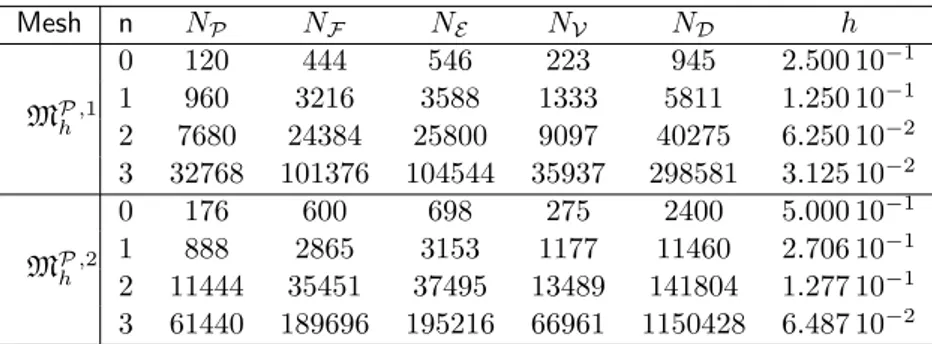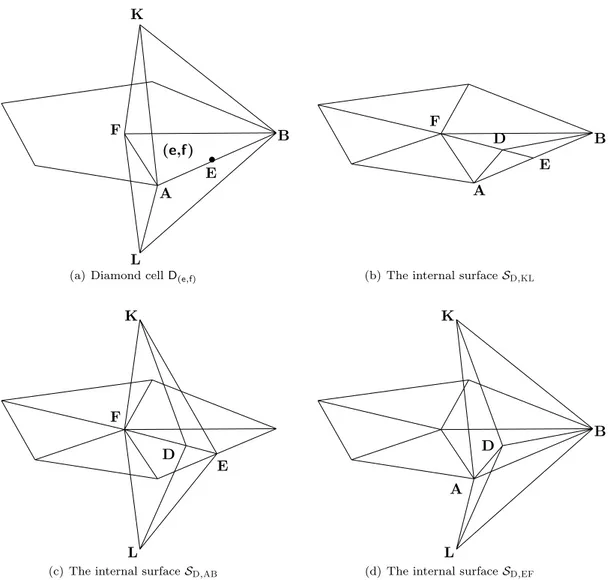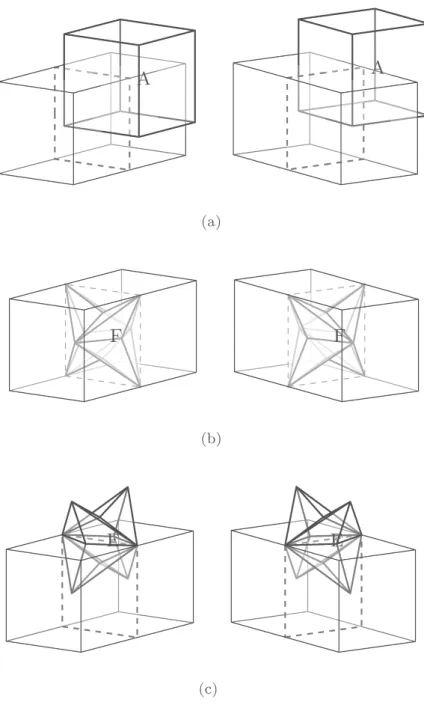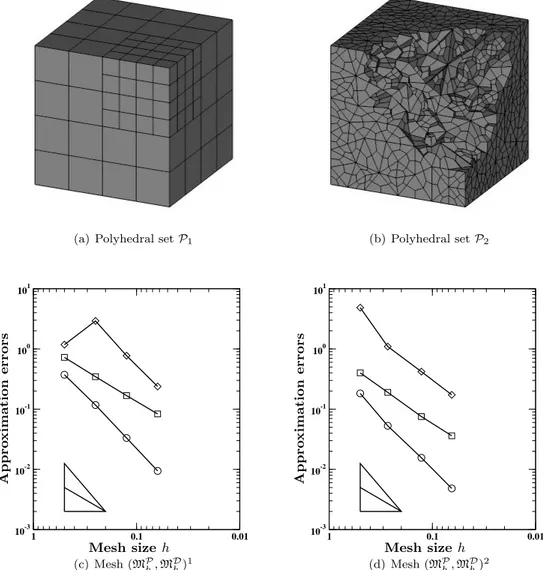The Discrete Duality Finite Volume method for the Stokes equations on 3-D polyhedral meshes
Texte intégral
Figure




Documents relatifs
However, if we consider in the population Z · N the number of those individuals in the generation 0 whose progeny is still alive in generation [N t], that number does not explode
In Sections 4 and 5, we study the mixed finite volume approximation respectively for Stokes and Navier-Stokes equations: we show that this method leads to systems (linear in the case
The main features of the CDO face-based schemes are recalled: a hybrid velocity discretization with degrees of freedom at faces and cells, a stabilized velocity gradient
Furthermore, the present cell-based pressure schemes share the same algebraic structure same discrete differential operators, but different discrete Hodge operators as the
A finite volume method to solve the Navier-Stokes equations for incompressible flows on unstructured meshes. Cayré,
The mild formulation together with the local Leray energy inequality has been as well a key tool for extending Leray’s theory of weak solutions in L 2 to the setting of weak
In this article we want to study some problems related with the role of the pressure in the partial regularity theory for weak solutions of the Navier–Stokes equations.. Before
In order to get rid of the orthogonality constraints that restrict the use of MAC and covolume schemes to certain families of meshes, the price to pay in the DDFV framework is